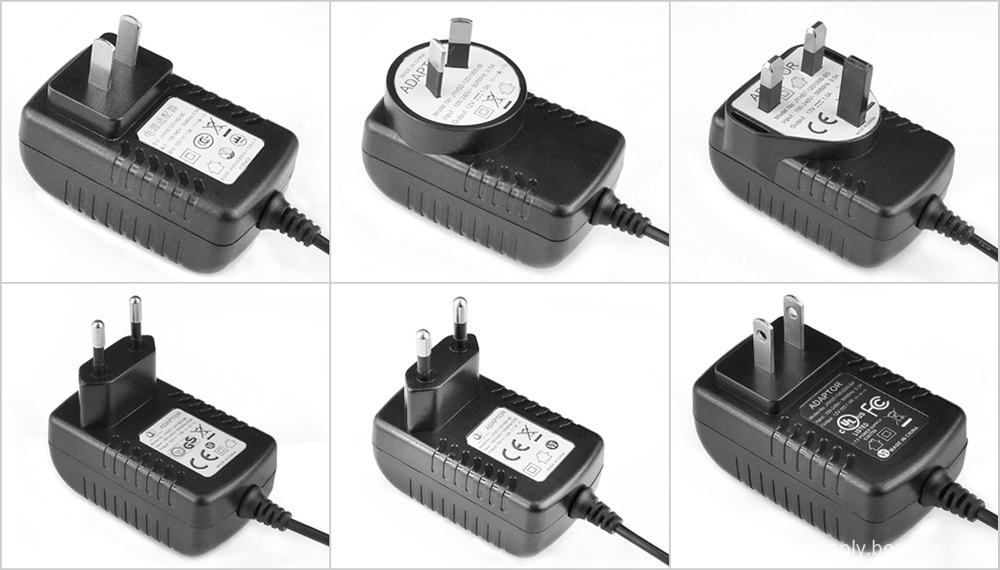Recently, an ergonomic expert told us the best way to design smart watches. The following is the original text:
Five years ago, I coined the term ergonomics for interaction design to explain how physical ergonomic principles are applied to user interface design. At that time, many people thought that ergonomics is only applicable to 3D, tangible products, of which physical adjustment and comfort are considered to be the key (such as office chairs). However, some popular electronic devices now require an unconventional design because the gesture control and touch interface required for these devices are increasing day by day. This means that designing these products will become a big challenge.
Therefore, the current screen clarity and touch screen sensitivity have been improving. Designers also pay more attention to action-based interactive systems. However, there is still a lot of work to be done to design a good product.
Smart watches are the main body of the next generation of wearable electronic devices. Unfortunately, the design of current smart watches has some wrong biases, whether it is shape or function. So, here are five surprising design principles for smart watches for your reference.
Smartwatches are not downsized smartphones
One of the misconceptions about the design of smart watches is that it is a scaled-down smartphone or the second screen of a smartphone. This view ignores the key differences between the two devices. Even if these differences are small, they are critical.
From the perspective of ergonomics, the smart phone is carried on the body while the smart watch is worn on the body. From an emotional point of view, a smartphone is a tool and a smart watch was initially used as an ornament. When it comes to user interaction, the interactive function of the smartphone is suspended when not in use, and the interactive function of the smart watch is working every moment.
Therefore, compared with the design of imitating a large smartphone, physical and interactive design of the wearable device according to product characteristics is the correct method.
Wearable does not mean you can only wear
Wearable electronic devices will eventually become commonplace, but they are still a novelty for wearers. Therefore, the current smart watches still have a lot of room for function. In fact, smart watches with high visibility can make it easier for users to exchange information with others. For example, a smart watch can be used as a selective color-sharing tool (such as a photo) for a mood-changing ring. If a smart watch can open the door to information for others, not just yourself, users who wear watches will be more willing to share information with others. Because when using a mobile phone to share information with others, you need to point the mobile phone towards someone, this gesture will be awkward.
Wear on the body does not mean ergonomics
Speaking of posture, please remember that wearing a device on your body avoids the trouble of carrying it, but this does not mean that the user and the device can interact better. When using a smart wristband, if you need to operate the touch screen, then one of your hands needs to rotate inward and the other hand needs to be lifted up to operate. Although these poses are not very difficult, it is uncomfortable to do many times. Therefore, designers need to keep this principle in mind and limit the number of interactions between the device and the user to some extent.
The small display is not much different from the large display
Surprisingly, the small screen of a smart watch is more similar to the large screen on a TV than the screen of a tablet or mobile phone. Both very large and very small displays have a common interaction model: it is more about consuming information than generating information, so it relies more on limited data input. However, this similarity can make a smart watch an effective tool for interacting with a large display screen, such as remotely controlling a TV with a smart watch.
Vision and touch are equal
When using a smartphone, sight is primary and touch is secondary. We often tune the phone to vibrate to reduce distractions, so when directly interacting with the phone, it mainly relies on a rich visual display. On the contrary, a smart watch is constantly displaying visual information (it is still a watch after all). But as a wearable device in direct contact with the skin, tactile feedback will be more prominent. So in summary, tactile feedback is as important as visual feedback, and sometimes even more important.
Sometimes, when designing new things, we need to redefine the knowledge framework and references. When it comes to designing smart watches, if it is limited to the definition of a smart phone worn on the wrist at the beginning, it will make the thinking extremely narrow and the product will eventually fail.
16V AC DC wall mount switching power adapter was widely used for any small power device, such as CCTV Cameras, wireless routers, LED strip, ADSL cats, HUB, switches, security cameras, audio/video power supply. For 16V wall mount power supply, the maximum output current is 2.25A,total 36W output. Our power adaptor meets different certificates for different countries` request – like UL list/CCC-CQC/ PES/SAA/C-TICK/CB/GB certificate. All our switching power supplies were getting 2-hours burn-in test & 3KV high voltage test during production.

16V AC DC Switching Power Adapter
16V Switching Power Adapter,DC Switching Power Adapter,AC Switching Power Adapter
Shenzhen Juyuanhai Electronic Co., Ltd. , https://www.powersupplycn.com